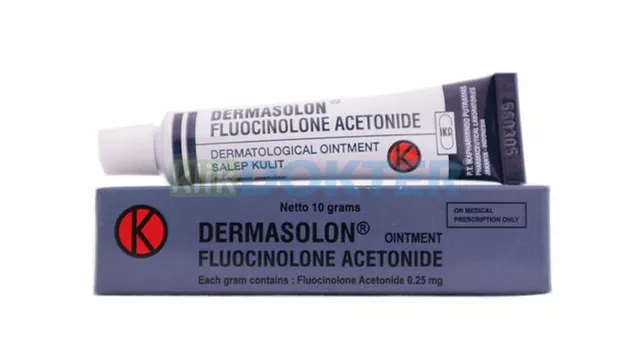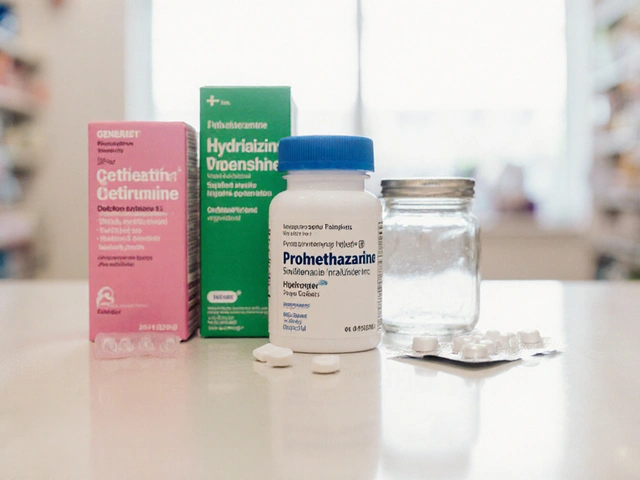Vertigo Treatment: What Works and Why It Matters
When dealing with vertigo treatment, a set of medical and therapeutic approaches aimed at reducing the sensation of spinning or imbalance. Also known as dizziness management, it targets the inner ear, brain pathways, and balance system. Effective Benign Paroxysmal Positional Vertigo (BPPV) care often starts with repositioning maneuvers, while chronic cases linked to Meniere's disease may need diet tweaks and medication. Vestibular rehabilitation exercises round out the toolbox, helping the brain re‑learn stable positioning. In short, vertigo treatment blends precise diagnosis, targeted therapy, and patient‑driven practice.
Core Strategies for Managing Vertigo
First off, accurate diagnosis is the backbone of any vertigo treatment plan. Doctors use Dix‑Hallpike tests, hearing exams, and imaging to pinpoint whether BPPV, Meniere's, vestibular migraine, or another cause is at play. Once the root is clear, the chosen approach influences outcomes: a single Epley maneuver can resolve BPPV in minutes, while vestibular rehab may take weeks of daily balance drills to rebuild neural pathways. Medications such as antihistamines, anticholinergics, or low‑dose benzodiazepines are reserved for severe nausea or when inflammation spikes, but they’re rarely a standalone fix. Lifestyle changes—reducing salt, caffeine, and alcohol—often ease Meniere's episodes, and staying hydrated helps the inner ear fluid balance. Together, these tactics illustrate that vertigo treatment requires a mix of symptom control, cause‑specific therapy, and patient commitment.
When symptoms persist despite home maneuvers, it’s time to seek professional help. Audiologists can conduct vestibular testing, while physical therapists specialize in custom rehab programs that challenge balance under safe conditions. For chronic sufferers, clinicians may prescribe diuretics or betahistine to regulate inner‑ear pressure, and in rare cases, surgery is considered for definitive relief. Importantly, patients should track trigger patterns—like sudden head movements, stress, or specific foods—to fine‑tune prevention strategies. The more data you gather, the easier it is for your provider to adjust the treatment mix. Below, you’ll find a curated collection of articles that dive deeper into each of these areas, from step‑by‑step BPPV maneuvers to the latest drug options and rehab techniques. Use them as a roadmap to build a personalized vertigo management plan that actually works.
28
Flunarizine (Sibelium) vs. Top Alternatives for Migraine and Vertigo
Explore how flunarizine (Sibelium) stacks up against top migraine and vertigo preventives, with side‑effect charts, cost hints, and practical tips for choosing the right option.
Latest Posts
Popular Posts
-
 Travel Medication Plans: How to Manage Time Zones, Storage, and Side Effects
Travel Medication Plans: How to Manage Time Zones, Storage, and Side Effects
-
 Questions to Ask Your Pharmacist About Prescription Medications
Questions to Ask Your Pharmacist About Prescription Medications
-
 Medication Reminder Strategies: Apps, Alarms, and Organizers for Better Adherence
Medication Reminder Strategies: Apps, Alarms, and Organizers for Better Adherence
-
 Stability Testing: Long-Term Quality Monitoring Post-Manufacture in Pharmaceuticals
Stability Testing: Long-Term Quality Monitoring Post-Manufacture in Pharmaceuticals
-
 How to Safely Dispose of Expired Medications: FDA Take-Back Guidelines and Best Practices
How to Safely Dispose of Expired Medications: FDA Take-Back Guidelines and Best Practices



